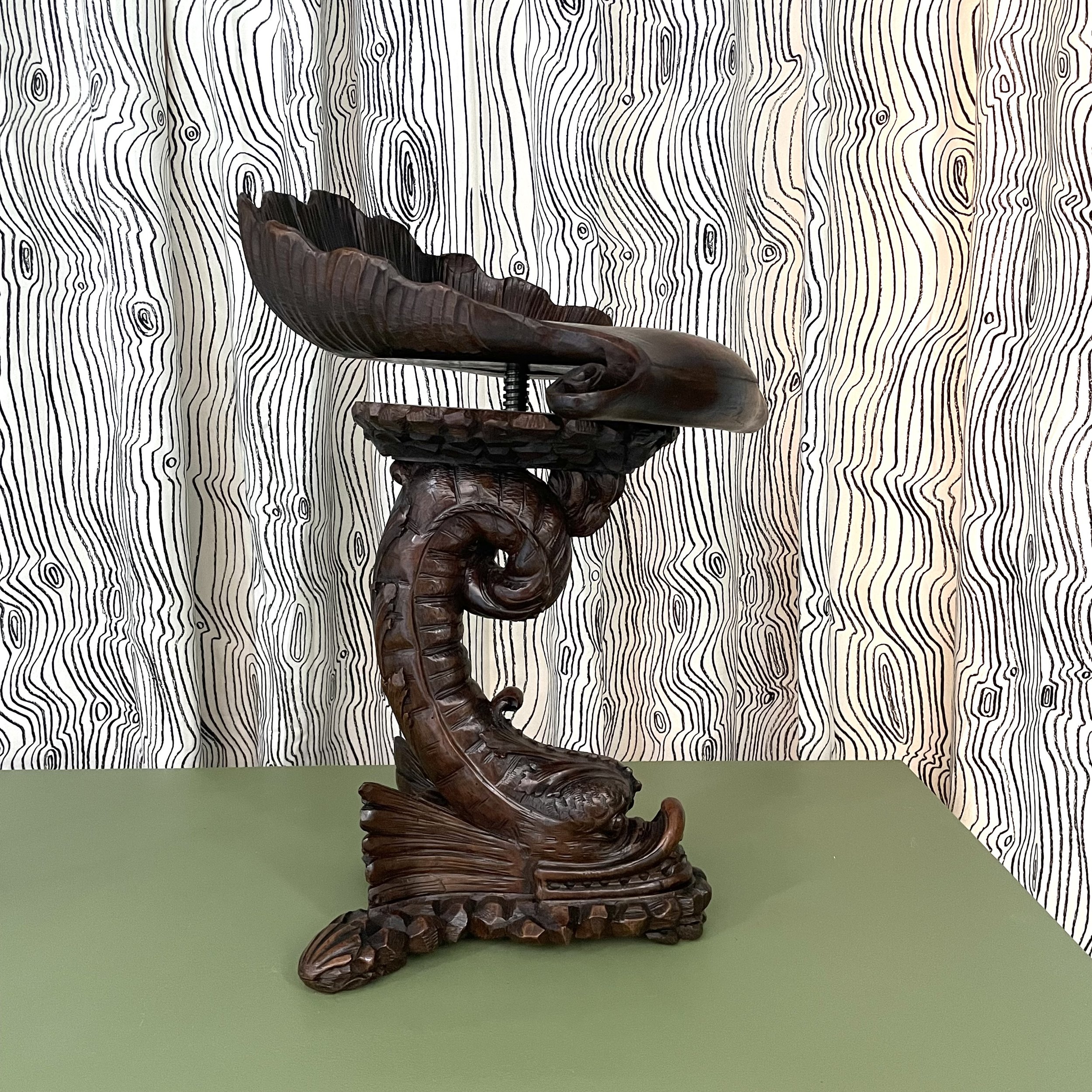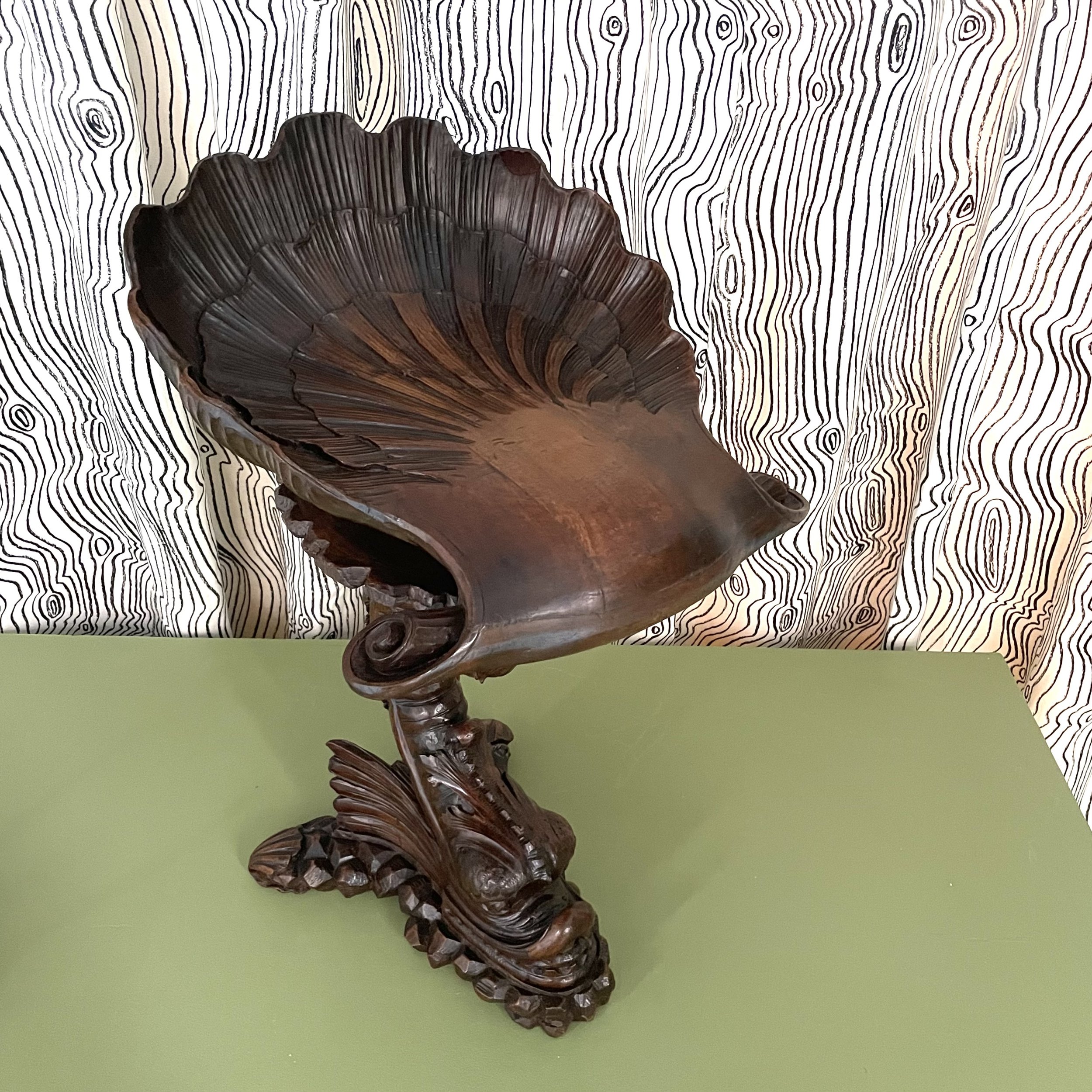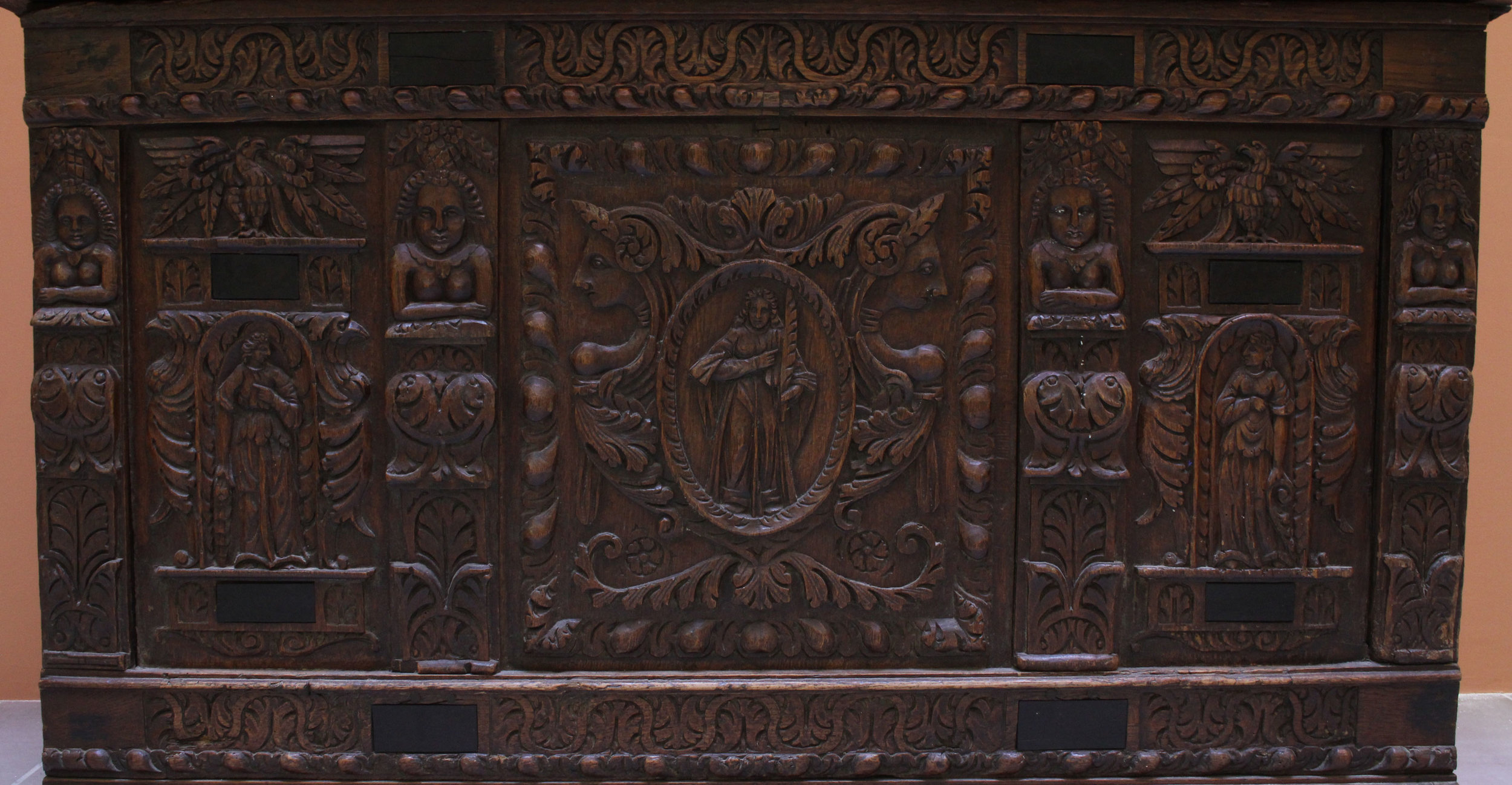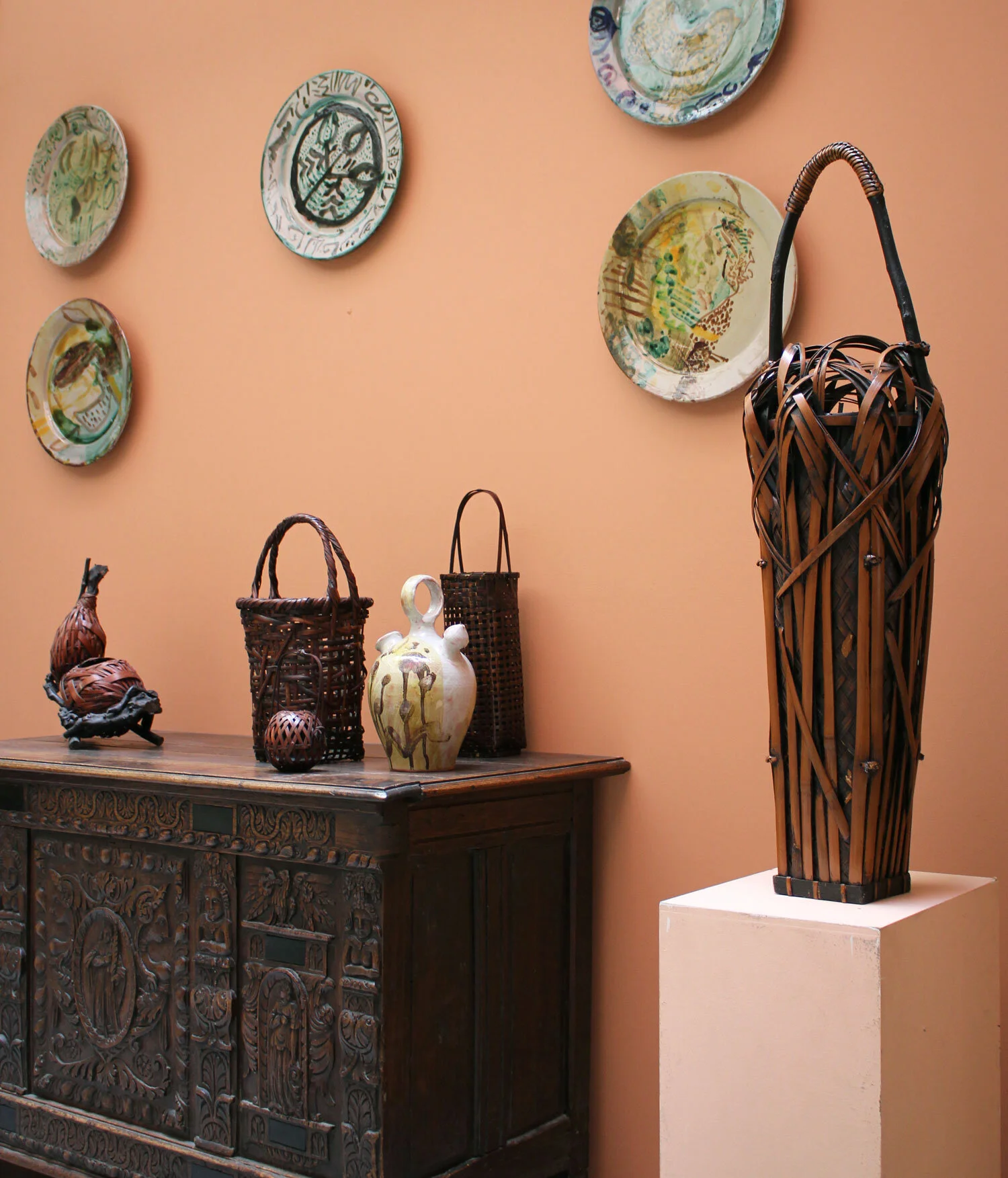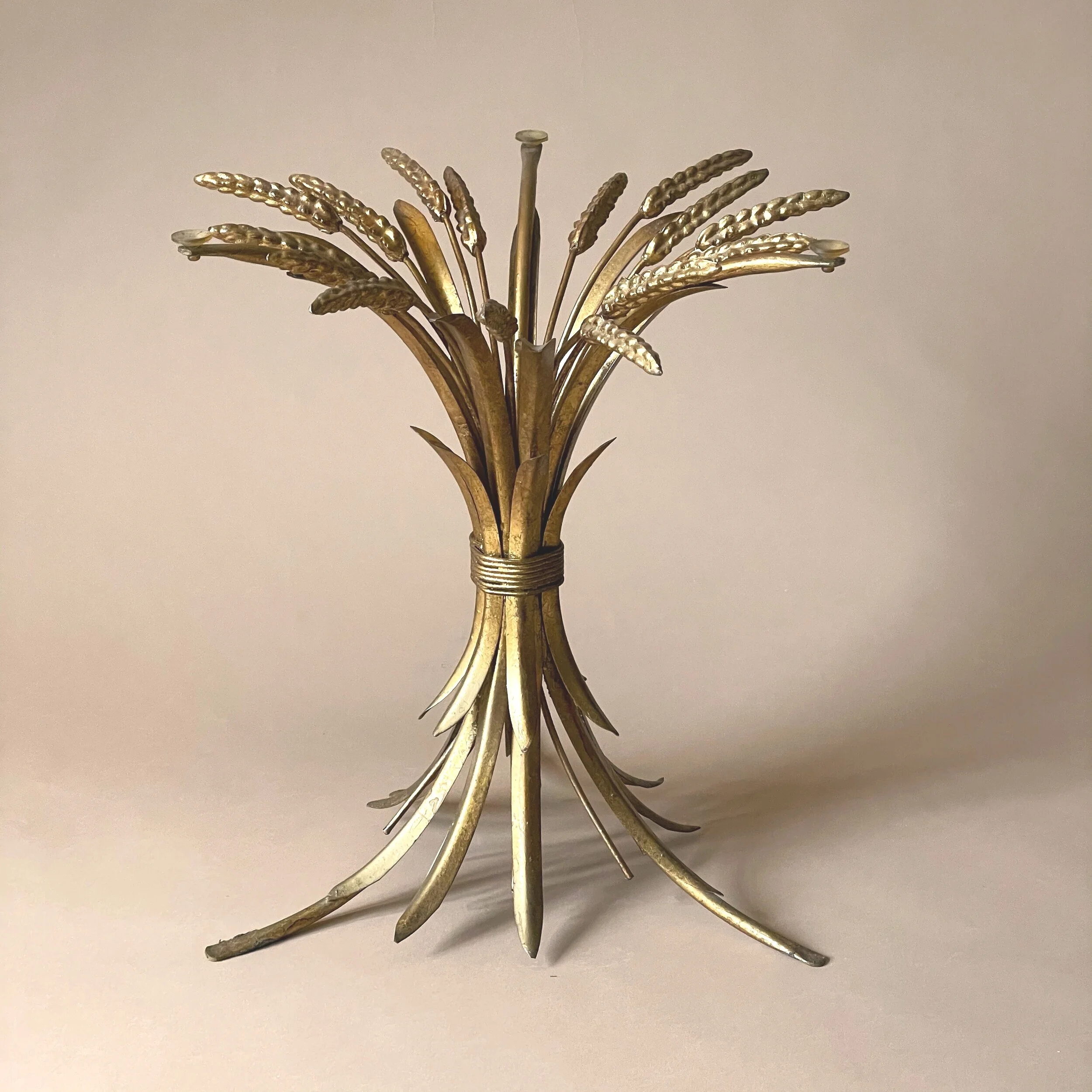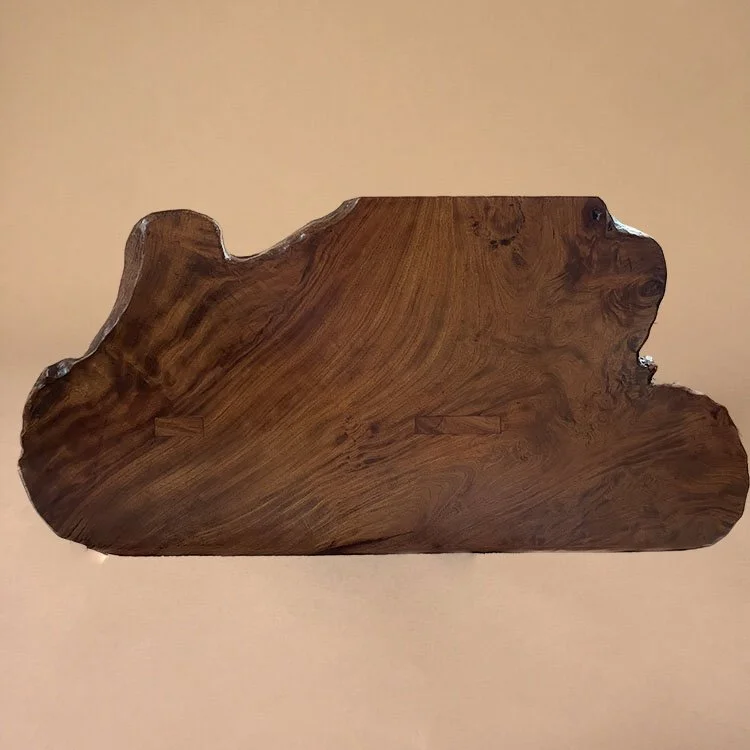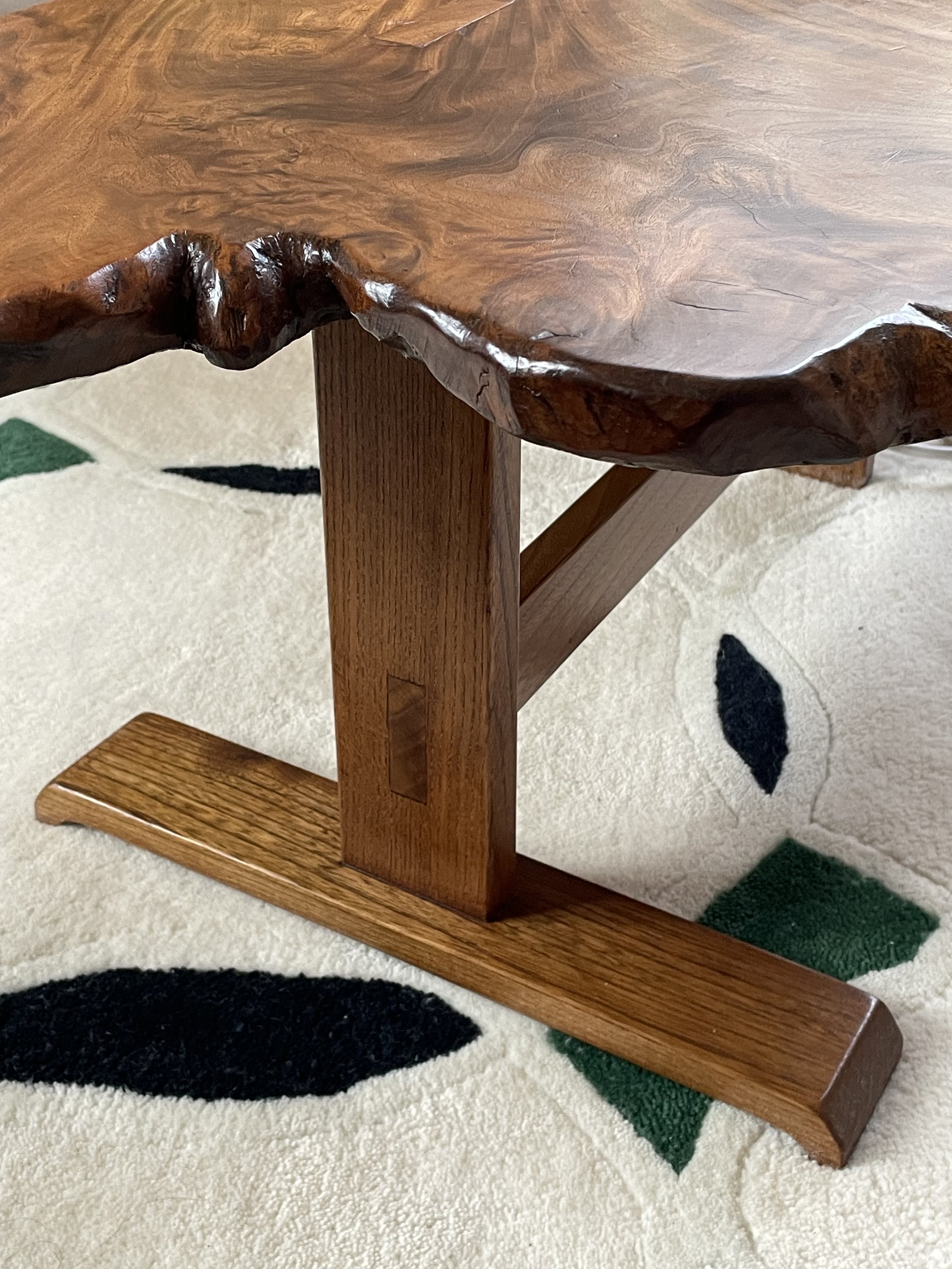Fauteuils Teckel, Michel Mortier







Fauteuils Teckel, Michel Mortier
Paire de chauffeuses, modèle Teckel, à plinthe en acajou
Michel Mortier (1925-2015)
Edition Steiner
Circa 1963
H 57 x L 75 x P 75 cm
Bibliographie:Patrick Favardin, "Les Décorateurs des Années 50", Norma, Paris, 2002, p. 237
Bon état général
Pair of Teckel easy chairs with mahogany plinth
Michel Mortier (1925-2015)
Edition Steiner
Circa 1963
H 57 x W 75 x D 75 cm
Bibliography:Patrick Favardin, "Les Décorateurs des années 50", Norma, Paris, 2002, p. 237
Good general condition
Né à Paris en 1925, Michel Mortier est diplômé de l’école des Arts Appliqués à 19 ans. Il y rencontre Louis Sognot, René Gabriel et Étienne-Henri Martin, qui sont alors enseignants et représentent la nouvelle garde dans l’approche de l’ameublement. Il suit Etienne-Henri Martin au Studium du Louvre puis au Bon Marché à Bruxelles dirige ensuite le bureau d’études de Marcel Gascoin, l’ARHEC (Aménagement rationnel de l’habitation et des collectivités), jusqu’en 1954.
Sa rencontre avec Pierre Guariche et Joseph-André Motte est déterminante puisqu’ensemble ils fondent l’Atelier de Recherche Plastique (ARP). Bien que cette collaboration ne s’inscrit pas dans la durée (1954-1957), elle est déterminante sur les carrières et les propositions que chacun d’eux va formuler auprès des éditeurs tels que Disderot, Les Huchers Minvielle, le groupe 4 Charron ou Steiner.
Michel Mortier réalise en particulier en 1963 ce modèle de canapé et chauffeuse dits teckel pour la maison d’édition Steiner; ce modèle à assise très basse est inspiré par le dos du teckel pour des accotoirs profilés ergonomiques. Le modèle présente une variant à pieds et celle que nous présentons est le modèle à plinthe en acajou renforçant le caractère compact et cubique de ce design.
Les meubles et luminaires de Michel Mortier sont aujourd’hui conservés dans les collections des grands musées d’arts décoratifs français.
Born in Paris in 1925, Michel Mortier graduated from the School of Applied Arts at the age of 19. There he met Louis Sognot, René Gabriel and Étienne-Henri Martin, who were then teachers and represented the new guard in the approach to furniture. He followed Etienne-Henri Martin to the Studium du Louvre and then to Le Bon Marché in Brussels, where he headed Marcel Gascoin's design office, ARHEC (Aménagement rationnel de l'habitation et des collectivités), until 1954.
His meeting with Pierre Guariche and Joseph-André Motte was decisive since together they founded the Plastic Research Workshop (ARP). Although this collaboration is not a long-term one (1954-1957), it is decisive on the careers and proposals that each of them will make to publishers such as Disderot, Les Huchers Minvielle, Groupe 4 Charron or Steiner.
In 1963, Michel Mortier produced this model of sofa and dachshund for the Steiner publishing house; this model with a very low seat is inspired by the back of the dachshund for ergonomic profiled armrests. The model has a foot variant and the one we present is the mahogany baseboard model, reinforcing the compact and cubic character of this design.
Michel Mortier's furniture and lighting are now held in the collections of the major French decorative arts museums.



